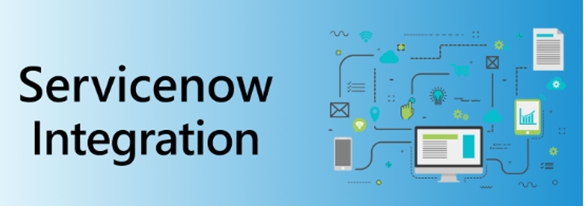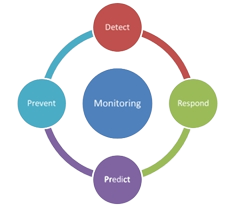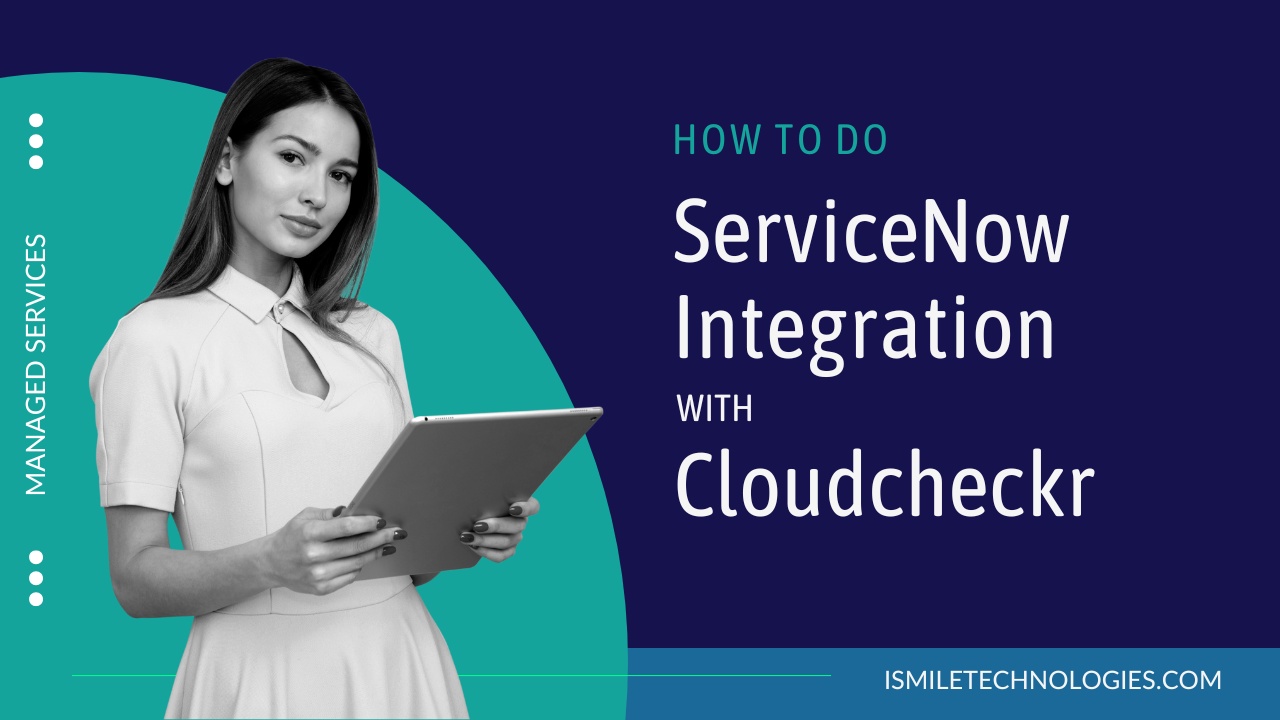ServiceNow and Cloudcheckr are two powerful IT management tools that can benefit an organization when integrated. ServiceNow is a platform that helps organizations manage their IT services, while Cloudcheckr is a cloud management platform that provides visibility and control over cloud infrastructure. Together, they can provide automation of the IT process, better visibility, control over the IT operations, and cost savings. However, integrating the two can be complex and requires specific technical expertise.
This blog will explore how to do ServiceNow integration with Cloudcheckr, including establishing a connection, mapping data fields, configuring integration settings, testing, and troubleshooting, monitoring, and optimization, documenting and communicating, and maintaining and upgrading. It will guide you through the process of integrating both tools and make sure that you understand the process so that you can implement it successfully.
How To Do ServiceNow Integration with Cloudcheckr
ServiceNow and Cloudcheckr are two powerful IT management tools that can benefit an organization when integrated. However, integrating the two can be complex and requires specific technical expertise. This blog will explore how to do ServiceNow integration with Cloudcheckr, including establishing a connection, mapping data fields, configuring integration settings, testing, and troubleshooting, monitoring, and optimization, documenting and communicating, and maintaining and upgrading.
Establishing a Connection
The first step in integrating ServiceNow and Cloudcheckr is to establish a connection between the two. This can be done using APIs or other integration methods. It is essential to ensure that the connection is secure and that the data is transmitted correctly.

Mapping Data Fields
Once the connection has been established, the next step is to map the data fields between the two systems. This includes identifying the data fields that need to be shared and ensuring that they are consistent and accurate. It is vital to ensure that the data is being shared correctly, as this is essential for the integration to function properly.
Configuring Integration Settings
After the data fields have been mapped, the next step is configuring the integration settings. This includes defining the workflow automation rules and configuring the integration settings to ensure that the integration functions as intended. Before implementing them in production, testing the integration settings in a non-production environment is essential.
Need cloud security advice?
Our experts will help you in reinforcing your defense strategy with the cloud.
Testing and Troubleshooting
After the integration settings have been configured, the next step is to test the integration and troubleshoot any issues that may arise. This includes testing the integration in a non-production environment and identifying and resolving any issues encountered. It is essential to ensure that the integration is working correctly and that there are no issues that could cause problems in production.
Monitoring and Optimization
Once the integration works correctly, the next step is to monitor and optimize it. This includes monitoring the data and metrics and making adjustments to ensure that the integration functions at its best. It is essential to ensure that the integration is working correctly and that it is providing the correct information and giving the right insights.

Documenting and Communicating
Documenting the integration process, including the steps taken, the issues encountered, and the solutions implemented, is essential. This documentation should be shared with relevant stakeholders, including IT and security teams. As required, it is also essential to communicate the integration to external parties, such as customers or regulatory bodies. This will ensure that everyone is aware of the integration and that they can refer back to the documentation in case of any issues or questions.
Maintaining and Upgrading
Integrating ServiceNow and Cloudcheckr is an ongoing process that requires maintenance and upgrading. This includes staying up-to-date with the latest versions of ServiceNow and Cloudcheckr, monitoring for new vulnerabilities, and performing regular vulnerability assessments to ensure that no new vulnerabilities have been introduced. It is also essential to keep the documentation and communication of the integration process up-to-date and to review it regularly to ensure that it is still accurate and relevant.
Conclusion
Integrating ServiceNow and Cloudcheckr can bring significant benefits to an organization, such as automation of IT processes, better visibility, control over IT operations, and cost savings. However, the integration process can be complex and requires specific technical expertise. By following the steps outlined in this blog, such as establishing a connection, mapping data fields, configuring integration settings, testing, and troubleshooting, monitoring, and optimization, documenting and communicating, and maintaining and upgrading, organizations can ensure a smooth integration process. It’s recommended to have a team with knowledge and experience in both ServiceNow and Cloudcheckr to ensure that the integration process is done correctly.
ISmile Technologies helps you to maximize cloud confidence with secured cloud assets. We bring our managed cloud security services to your defense & help reimagine cloud security by building it into the foundation of your company. Schedule your free assessment today.








